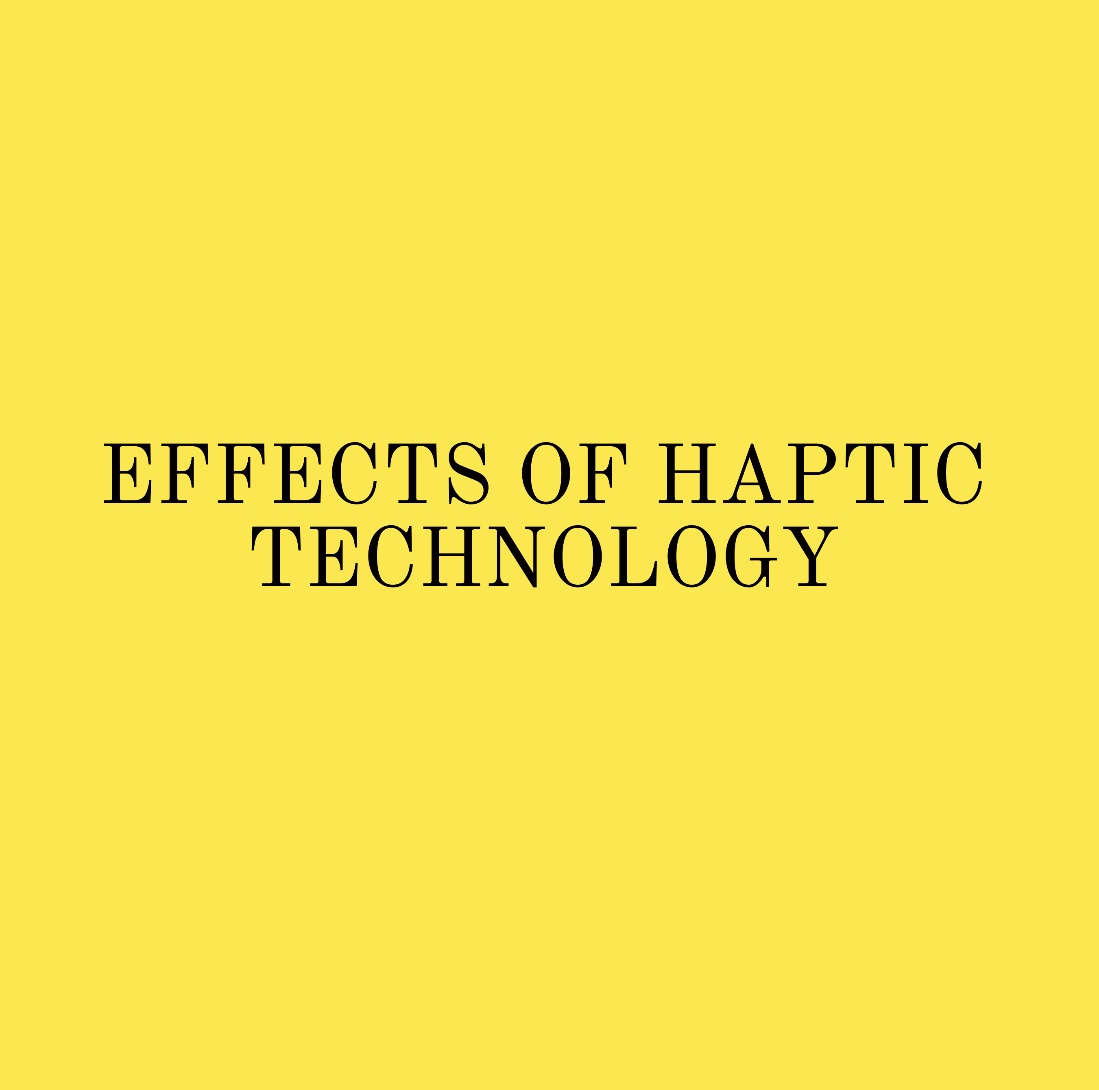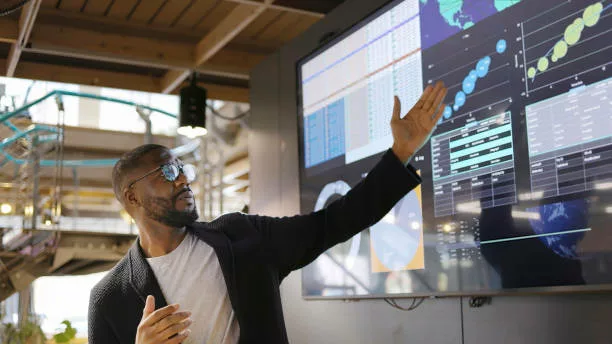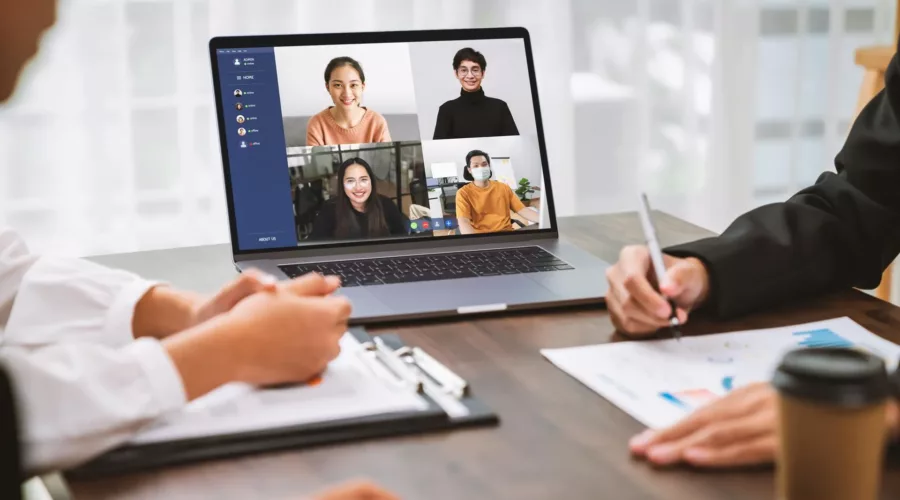Effects of Haptic Technology;
Haptic technology gives room for each user to experience a form of communication and interaction with digital information through a sense of touch or feeling.
In addition to that it transmits tactile information using sensations such as vibration, touch, and force feedback.
Also, Virtual reality systems and real-worth technologies use haptics to enhance interactions with humans.
Furthermore, One of the goals of haptics is to allow a virtual reality system to make humans feel as if the experiences it portrays are ‘real’.
A commonplace haptic technology is mobile phone vibrations during gaming to boost immersion.
Haptics leverage force and tactile feedback to enable users and computers to interface with each other.
Moreover, The former simulates certain physical features of the object being virtualized, such as pressure and weight. The latter portrays the object’s texture (for instance, smoothness or roughness).
How exactly do haptics work? Before we dive into the workings of this technology, let’s first understand the role of the human skin. This complex organ is full of touch receptors and nerve endings called the somatosensory system. This system notifies the brain of heat, cold, pain, and other sensations that humans feel.
Also, Touch receptors transmit sensations by conveying signals to the closest neuron, which then signals the next closest neuron until the brain receives the signal. The brain then determines the response to the sensation. This entire process takes under a second.
Audio and graphics stimulate our sense of sound and sight to transmit information. Similarly, haptics stimulates our somatosensory system to pass on information and provide context. For instance, when a user holds down an application icon on the app tray of an Apple iPhone, their finger experiences a ‘pull’ sensation. The haptic motors of the iPhone generate this sensation to communicate that the app is ready to be moved, deleted, or categorized.
The vibrations, forces, and other movements of haptic systems are created mechanically using different methods.
The most common method is an eccentric rotating mass (ERM) actuator. The rapid spinning of the ERM causes instability in the force from the weight, leading to movements in the motor and, subsequently, haptic feedback.
Linear resonant actuators (LRA) are another method to create haptic feedback. In this method, a magnet joined with a spring is bound by a coil and secured using an outer layer. The coil is electromagnetically energized to drive the magnetic mass to vibrate, creating a feedback sensation.
Apart from LRA and ERM, other emerging technologies are also being used to provide haptic feedback in more accessible and realistic ways.
Furthermore, Experts use Haptics for functions such as teaching, training, entertainment, and remote hands-on operations.
Here are some of the positive effects of Haptic Technology;
1. It aids users satisfaction:
One of the reasons why haptics aids users satisfaction is because it is easily accessible. Since users with any form of deformity like visual problems can find other ways to consume digital content and information with the aid of haptic technology. Visual content are converted into tactile ones where users enjoy the satisfaction of feeling or are able to feel the information instead of watching it.
2. It is safe to use:
Haptic technology is very useful and safe to use. Users in the medical line can also use haptic technology to practice what they have learnt. Surgeons and other medical specialists can also carry out a procedure virtually with the use of haptic technology.
Since it is very safe and they do not have to put any person or patient under any difficult conditions.
3. It improves the quality of users experience:
The rate at which users engage in digital content has increased over the years. The use of haptic technology has also improved the quality of each users experience. It also helps to make the experience more interesting and engaging. Users feel more connected since the experience feels more alive and real to them.
Are you a school owner and you need a web solution to digitize your school work click here to signup for free
Author: Semira Ayeni.



